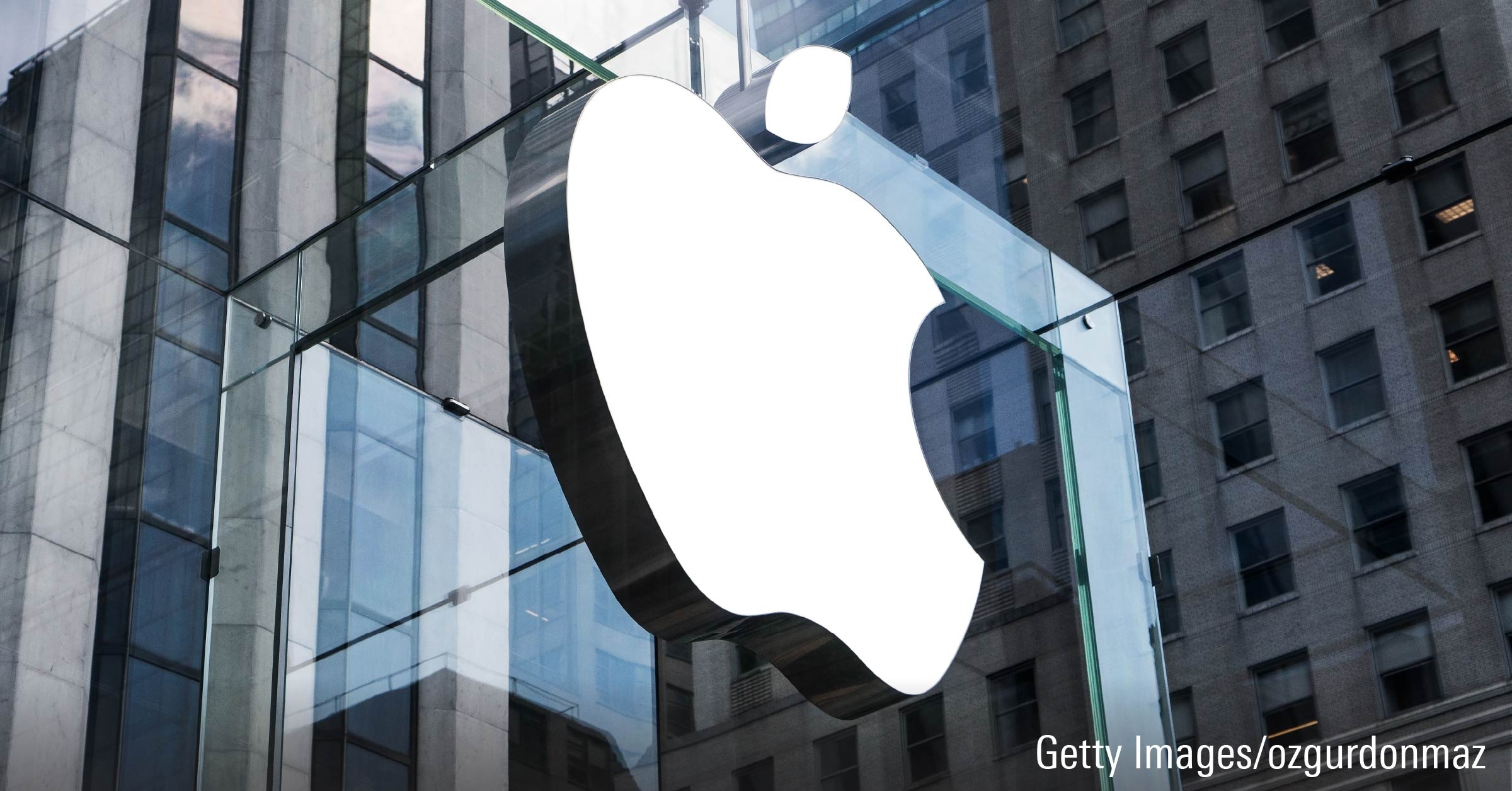Three's Company
The first wave was replication. Index funds copied the U.S. stock market, European stock markets, the investment-grade bond market, and so forth. Those were the early entrants, and they became the dominant entrants. Currently, the vast majority of indexed assets are with market replicators. For most investors, such funds are synonymous with the term "indexing."
The second wave brought tilting. In 1981, Dimensional Fund Advisors decided that if small-value stocks would outgain other stocks, as its research suggested, then perhaps funds should limit themselves to the small-value segment. The company created indexes to match its beliefs, and then funds for those indexes. The practice of factor indexing--that is, indexing by restricting the portfolio to securities that are exposed to one or more investment "factors"--had begun.
Tilting was far from an instant success. DFA spent its first decade in obscurity, and its second as a cult film. It was not until the 2000s that tilting attracted widespread attraction. This came not only because DFA funds had performed well, but also because tilting became branded, as "smart beta." The Greek word beta meant exposure to factors. But these betas would not be just any betas. They would be special betas. They would be smart betas. (A term that Morningstar rejects, in favor of the more-neutral phrase "strategic beta.")
So far, strategic beta's efforts would seem to have drawn little blood, as such funds make up but 12% of indexed mutual fund and exchange-traded fund assets. On the other hand, that 12% represents half a trillion dollars, so if strategic beta has not triumphed, it unquestionably has taken root. Tilting has moved well beyond cult status; the approach is here to stay.
Target Practice
A third wave would like to join the party. That wave is targeting.
Targeting can be thought of as tilting, tilted again. While the tilting filter eliminates hundreds (sometimes thousands) of stocks, it also retains hundreds. Strategic-beta portfolios are long. Tilting is a strategy that comes from the academic community, based on the research of comprehensive data bases, and is intended to be applied very broadly. Professors are cautious. When professors play the odds, they want the law of large numbers on their side. Preferably the law of very, very large numbers.
Investment managers, on the other hand, are more willing to hazard what seems to be correct, but which might backfire. They are paid to demonstrate conviction.
Writer and investment manager Patrick O'Shaughnessy explains the logic that underlies targeting. (He prefers the term "factor alpha," which he contrasts with "smart beta." I suspect that a few years from now the investment industry will reach a consensus on the nomenclature, so that we are all using the same words to describe the same thing, but for now it's quite the alpha-beta soup.)
"First, what you don't own matters. If Apple or Microsoft don't look attractive, we believe that you should own none of either in your portfolio. We start with a weight of zero in every stock, not with the market weight. Stocks are guilty until proven innocent. This naturally leads to higher active share [for our portfolios] and a portfolio with a greater overall potential for alpha.
"Second, alpha comes from the relative advantage a portfolio has versus the market as measured across key factors. Greater spreads--like bigger discounts or higher shareholder yields--have led to better excess returns through time. Portfolios should focus on just the stocks with the best factor profiles. To achieve these big factor advantages, portfolios should be more concentrated than has become typical for smart-beta strategies."
His recommendations: "Investors should use multiple, unique factors to build a more concentrated portfolio of stocks (as few as 50) with the best possible factor profiles."
I've stated before that the second wave of indexing, strategic beta, is active management. (Note: The terms indexing and passive are not synonymous. Those words are often used interchangeably because the early index funds, the market-replicator funds, were inevitably passive, but index funds can indeed be active.) Tilted portfolios reflect the investment manager's preference for a particular type of security--that is, the investment manager's active decision. Tilted portfolios are active funds, implemented mechanically.
Targeted indexing, therefore, can be considered as hyperactive management, implemented mechanically.
For example, O'Shaughnessy created a hypothetical fund that invested 2% of its assets in each of the 50 cheapest stocks of the S&P 500, with "cheapest" being identified by a blend of various valuation measures. Over the time period 1964-2015, that portfolio beat the S&P 500 by an arithmetic average of 6.7 percentage points per year. Its active share score was a whopping 91%. Try to find a traditional active manager who invests solely in S&P 500 securities and has an active share that high. (You won't.)
I think the third wave will succeed. I think it will become an established method by which funds invest.
As a group, targeted index funds probably won't be superior to the other flavors of index fund, just as tilted funds aren't overall better than the replicator funds that they seek to replace. But there will be many successful targeted index funds, likely carrying lower expense ratios than their traditionally managed rivals, and those funds will attract a buying public that has become fond of indexing's virtues but still dreams of landing funds that outperform. Targeted funds will be made for the times.
Also, targeted funds face little competition from the current breed of concentrated funds. That topic will be discussed next time.
John Rekenthaler has been researching the fund industry since 1988. He is now a columnist for Morningstar.com and a member of Morningstar's investment research department. John is quick to point out that while Morningstar typically agrees with the views of the Rekenthaler Report, his views are his own.






.png)










